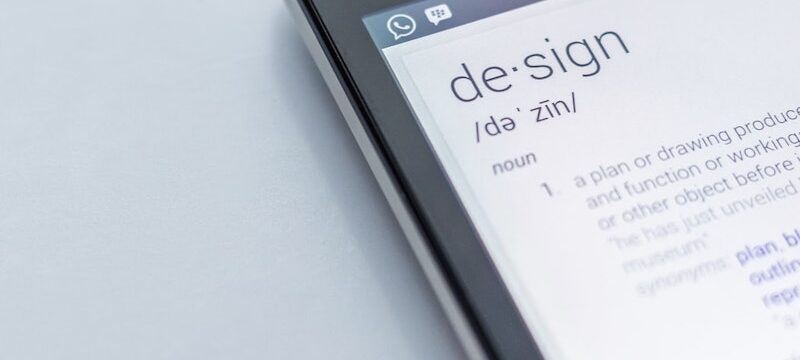Minimalist Web design: Don’t Think it’s Easier

Minimalist in web and app design has suddenly become a craze as it is capable of solving a lot of problems for the users. From helping user engagement to boosting loading speed to easier onboarding process to rewarding user experience, minimalist design principle almost has everything in favor.
While the minimalist design has always been famous for websites across the niches and leading brands, not all of them could utilize this design principle in equal measure. Some websites even after embracing minimalism could not boost user experience and make users happy. Web & App UI designers should not consider minimalism as the easily available alternative to traditional design. So, minimalist design is not all that simple as it is thought to be. This is why, here, we are going to define and explain the minimalist design principle and how to utilize it best for web and mobile apps.
Minimalist Design is Not as Easy as You Think It to Be
In spite of the overwhelming popularity and traction that the minimalist design principle receives, there are many misconceptions about minimalism that we need to understand. First of all, minimalism is never just stripping off design elements only to make a website or app look least-designed. On the contrary, a successful minimalist design can take more effort and a lot of experiments with the design elements. So, minimalism is not that easy and straightforward as you think it to be.
So, if it is not simple and easy, how can we call design to be minimalist? Without ease and simplicity, how the minimalist design output differs from that of complex design? Well, the answer is straightforward. The objective of minimalist design is to make the life of users easier through easy to use design elements. Still, there is no guarantee of simplicity and ease of development for the same. That means a website may look simple with a super-easy interface, but it may involve a lot of effort and complex development and design processes to achieve it.
Minimalist design is Base ally, a user-focused design principle that leaves the onus primarily on the user perception than anything else. The user must be able to get things done at the quickest time possible and without any distraction. That is the most important objective of the minimalist design principle. To achieve this minimalist design output, here below, we will explain some of the most effective tips.
Focus Only on the Essentials
The biggest draw of minimalist design strategy is removing the non-essential and unnecessary design elements and creates space for what is most essential and vital. The sole objective of the minimalist design is to reduce distractions and irrelevant design elements and optimize the visibility of the crucial and relevant.
As per this principle, every design element and a constituent of the scheme of things should serve a specific purpose and actually should play a clearly defined role for the website or app. This is why all the people who think more negative or white space makes minimalist design should be reminded that it less stuff than more space to achieve a minimalist effect.
Use of White or Negative Space
Visual distractions and design clutter stand at the exact opposite of the minimalist design principle. Therefore by extending the core design focus of accommodating only the essential, we also should take extreme care on utilizing more white or negative space around content and visual elements.
The white space or negative space in the design helps to settle the user’s attention on the content they are looking for. Moreover, this also minimizes the distraction and helps users engage with the website content and functionalities better. This is why the world’s leading brands now use white or negative space for their websites and apps to boost business conversion and audience footfall.
Limited and Fine-tuned Visual Elements
When designing your website or app following the minimalist design principle, all details should enjoy significance. The goal is to minimize design elements to help users focus on what is essential. That is why the number and volume of visual elements should be kept at a minimum. Here are some essential tips that some of the best website design agencies follow to achieve this.
· Flat texture for all visual elements like icons, graphic elements, and layout is a crucial aspect of minimalist design. Only sparingly you can allow using gradients, shadows, and similar visual elements to create a visual hierarchy where it is necessary.
· The use of contextual and relevant images is a crucial design aspect that minimalist designers should use to boost the meaningfulness of the website.
· It would help if you also used a very limited color palette to keep distractions away and help users concentrate on the content. Maintaining the right contrasts if colors to ensure simplicity for visual perception is also a vital aspect of the minimalist design.
· Typographic experiments without undermining the readability of the content are a crucial aspect of minimalist design.
Conclusion
Minimalism, as a design, has been around for quite some time and has already played a crucial role for many leading business brands across the niches. Minimalism as a persistent design trend has also evolved over the years, and as Google also embraced minimalist design in its own “Material Design” principle, this has rather become a mainstream norm for the web and app design all over the globe.
Subscribe & Get E-Mail Updates Delivered
Our informative Design related articles featuring the latest Resources for Web Designers & the Web get delivered via email dialy. Thousands of readers have signed up already. Why don't you subscribe as well, and get articles delivered to your inbox?






Leave a Reply